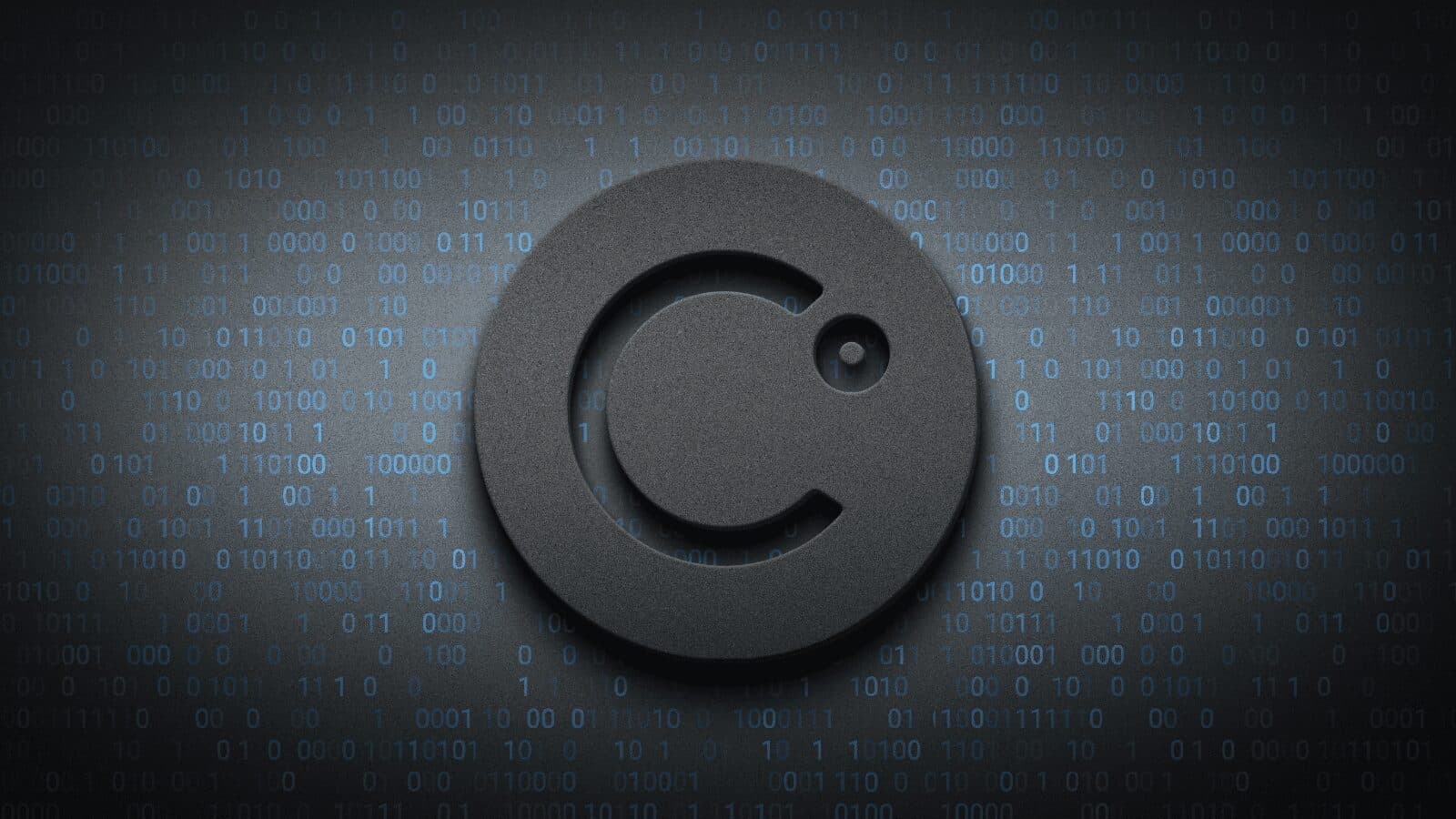7 Critical Events in the Celsius Bankruptcy Case
Two months after Celsius initiated bankruptcy proceedings, we rounded up some striking events that followed its collapse

Source: Shutterstock
- Creditors, including retails depositors, still don’t know how much of their assets they can recover, and when
- Celsius struggles to balance operating its remaining businesses, grappling with legal battles and trying to refund customers
Cryptocurrency lender Celsius filed for bankruptcy in July after a month-long battle with insolvency issues — leaving the once high-flying firm with roughly $3 billion in liabilities.
The lender’s woes led to extreme fear and uncertainty around the stability of the crypto market as customers weren’t sure whether they’d ever again see their crypto deposits that were locked in the platform.
Celsius, born just five years ago in 2017, issued depositors interest on their digital assets and offered crypto lending programs. The best thing about the platform, users believed, was that it helped earn high rewards on bitcoin deposits.
It became a top choice after interest in crypto lending — basically banking for the crypto world — exploded in the past two years, along with decentralized finance platforms. Now it has 100,000 creditors, some of whom lent the firm cash without any collateral to secure obligations.
Even billionaire Sam Bankman Fried’s trading firm, Alameda Research, is listed as one of the lender’s top 50 unsecured creditors.
Celsius’ downfall showed the risks of similar platforms that allow customers’ deposits to be transferred to parties without much underwriting, and showed overly high returns are more of a gamble than a genuine yield.
Below are seven significant events in the aftermath of Celsius’ bankruptcy:
1. Investors plead with bankruptcy court to recover their money
Many of Celsius’ 1.7 million customers suffering from the platform’s collapse wrote letters to the Southern District of New York Court to help get their money back.
In a letter dated Aug. 1, Christian Ostheimer wrote that he has more than $30,000 in funds locked with the lender, which led to “unsurmountable tax complications.”
California resident Stephen Bralver wrote he had less than $1,000 left in his Wells Fargo checking account — his only source of funds to provide for his family. “There is absolutely no way that I can continue to provide without access to my assets at Celsius,” he said, citing California’s high cost of living.
2. Celsius flip-flops on rehiring ex-CFO
The lender filed a motion to hire former CFO Rod Bolger in order to advise its bankruptcy proceedings because of his “familiarity” with the business. Had Bolger come on board, he would’ve been paid roughly $93,000 a month, at a time when the company’s creditors were still waiting to be paid. That plan was later reverted for no clear reason, but followed a formal objection from investor Keith Suckno.
3. Vague game plan for bitcoin mining revenue unveiled
Celsius was keen on using its bitcoin mining business to help in its restructuring. But both creditors and regulators were firmly against the company being allowed to go ahead. Dan Besikof, bankruptcy advisor at law firm Loeb & Loeb, told Blockworks that Celsius wasn’t specific about what it plans to do with the proceeds from the business — and so it “could monetize the coins and use the proceeds in any number of ways.”
4. Court approves Celsius’ plan to sell mined bitcoin — with reservations
Even though the plan was such a contentious issue, with the Department of Justice arguing that Celsius’ case wasn’t transparent enough, US bankruptcy judge Martin Glenn gave the lender clearance to mine and sell bitcoin to support its operations. He did express concern, however, that the business wouldn’t be immediately profitable, noting it may be a “very wrong” choice.
5. Celsius, sued by a former money manager, opts to countersue
DeFi startup KeyFi filed a lawsuit against Celsius in July, before the bankruptcy, over allegations of running a Ponzi scheme and failing to honor a profit-sharing agreement. Celsius responded with a counterclaim in August, arguing that KeyFi and CEO Jason Stone swindled millions of dollars in cryptocurrencies from the firm. Controversial crypto lawyer Kyle Roche, representing KeyFi, said Celsius used the opportunity “as a scapegoat for their organizational incompetence.”
6. Cash projected to run out by October
Estimates filed by law firm Kirkland & Ellis on August 14 show the lender had $3.8 billion in token assets as of July 29. But its finances could dry up by October due to operating expenses, including employee payments worth nearly $14 million. Restructuring expenses, by itself, will cost the firm close to $40 million. Yet, a more recent filing shows the lender expects to receive a $70 million cash injection from the repayment of USD-denominated loans.
7. Motion to return $50 million of locked crypto
On Sept. 1, Celsius filed a motion to return about $50 million of the more than $200 million trapped in custody accounts. But the company said it would only refund users with funds in the “Custody and Withhold” accounts — not with the “Earn” program — as these accounts are likely not “property of the estate.”
Property of the estate in bankruptcy refers to assets belonging to the debtor.
Get the news in your inbox. Explore Blockworks newsletters:
- The Breakdown: Decoding crypto and the markets. Daily.
- 0xResearch: Alpha in your inbox. Think like an analyst.






